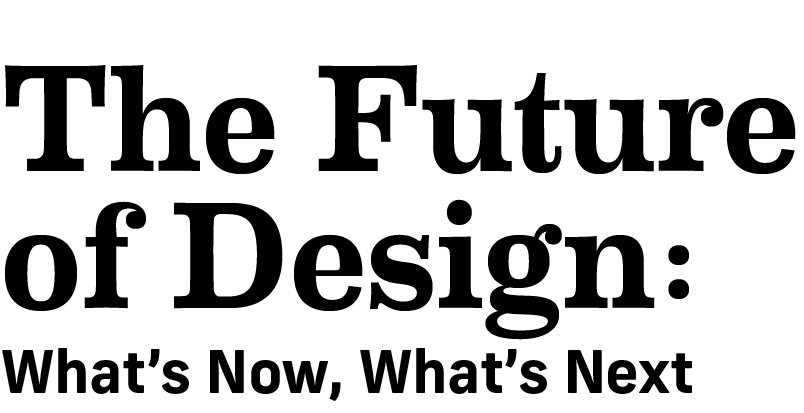EFA Next Wave Winner: Joe Ijjas, AIA, LEED BD+C, CPHC, senior associate, Soto Architecture & Urban Design (Washington, D.C.)
In his eight years in senior living design, Joe Ijjas has been focused on advancing sustainable design in senior living communities, particularly within urban environments.
His specialization in senior living began in 2017 with Washington, D.C.’s first affordable assisted living facility, Livingston Place Assisted Living, where he spearheaded sustainability initiatives that achieved both Energy Star and Green Communities certifications. This project marked the beginning of his mission to create warm, efficient living spaces that serve seniors while protecting the environment.
Ijjas has contributed to the design and construction of over 500 senior living units across independent living, assisted living, and 55+ housing developments.
Currently on his desk is the HR Crawford Gardens in Washington, D.C., a multigenerational development, where he successfully advocated for Passive House Certification, integrating complex sustainable strategies including solar panels, mechanical energy recovery, green roofs, and advanced wall assemblies.
The project also utilized off-site construction methods to ensure exceptional building quality while delivering energy-efficient design that provides more comfortable, cost-effective living spaces for residents on fixed incomes.
What drew you to a career in senior living design?
My background is rooted in multifamily design, and senior living was a natural extension of that work. I’ve enjoyed the overlap senior living shares with other housing types, but also the subtle nuances that come with designing for different stages of life.
Even within senior living there are many lifestyle subsets, each requiring careful thought about the end users. I’ve found it rewarding to work through these layers with teams, making sure the spaces respond to real needs while still feeling personal and dignified.
What has surprised you most about working in this industry?
How powerful the human impact is once the work is complete. During design, it’s easy to get caught up in schedules, budgets, and technical details. But the moment residents move in, those things fade, and you see how design choices truly shape daily life. It’s a humble reminder of why the work matters and how important collaboration is in getting it right.
What’s a challenge you’d like to see the senior living industry address in 2026?
Affordability is the biggest challenge, and it will only grow as our population ages. Many of the most innovative senior living environments are available only to higher-income residents, but the need for safe, dignified housing spans all income levels.
Designers, owners, and operators must work together to find creative ways to lower costs without sacrificing quality. Addressing affordability is essential if we want equitable access to great senior living.
What’s the best piece of career advice you’ve received?
Put yourself out there. You must be willing to share your ideas, take chances, and learn along the way.
What’s one word your colleagues would use to describe you?
Thorough. I tend to spend a lot of time digging into details and making sure decisions align with the project’s goals.
What’s a must-have skill to succeed in senior living design?
Empathy. I think this goes for all forms of architecture to be honest. It can be especially hard to relate to personal situations for older seniors if you haven’t been exposed to it in your own life.
For me, a lot of it comes from watching those in my own life age and some of the challenges they face in that process.
Click here to read more about all of EFA’s 2025 Next Wave Award winners.
Check out the latest news, updates, and all you need to know for the 2026 EFA Conference + Expo here.









